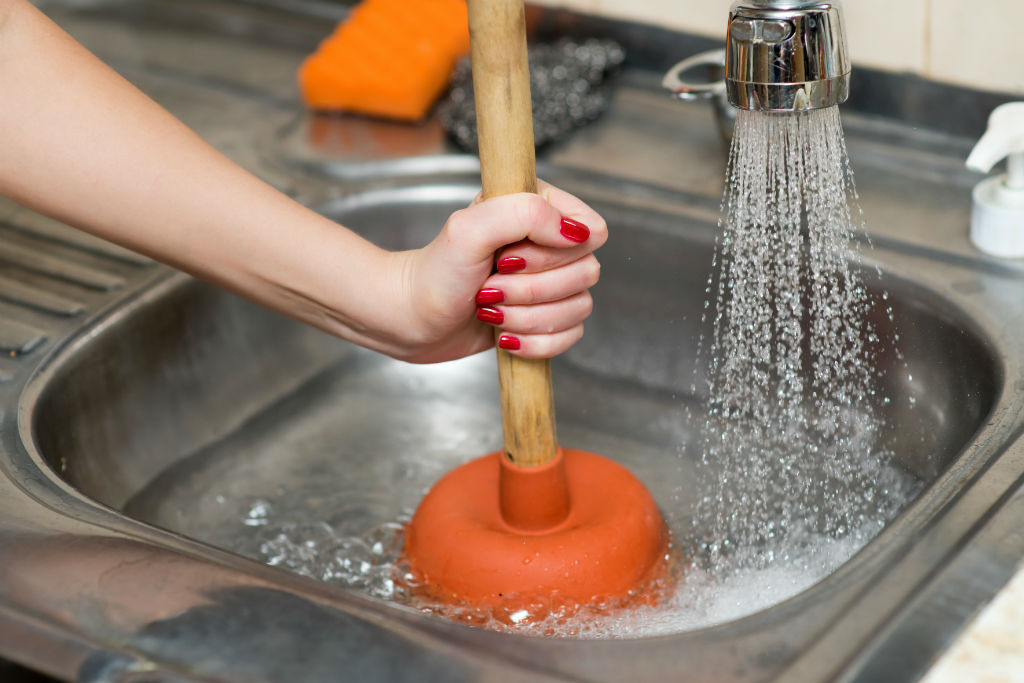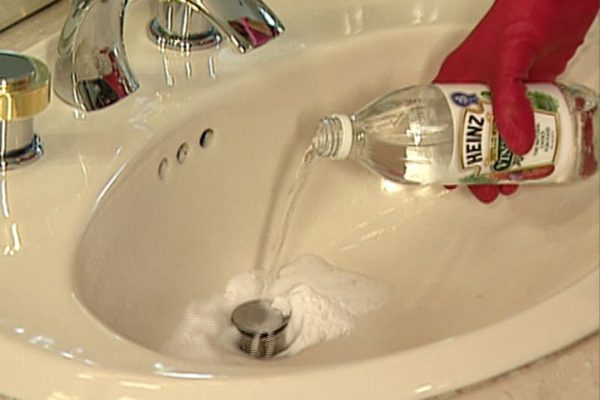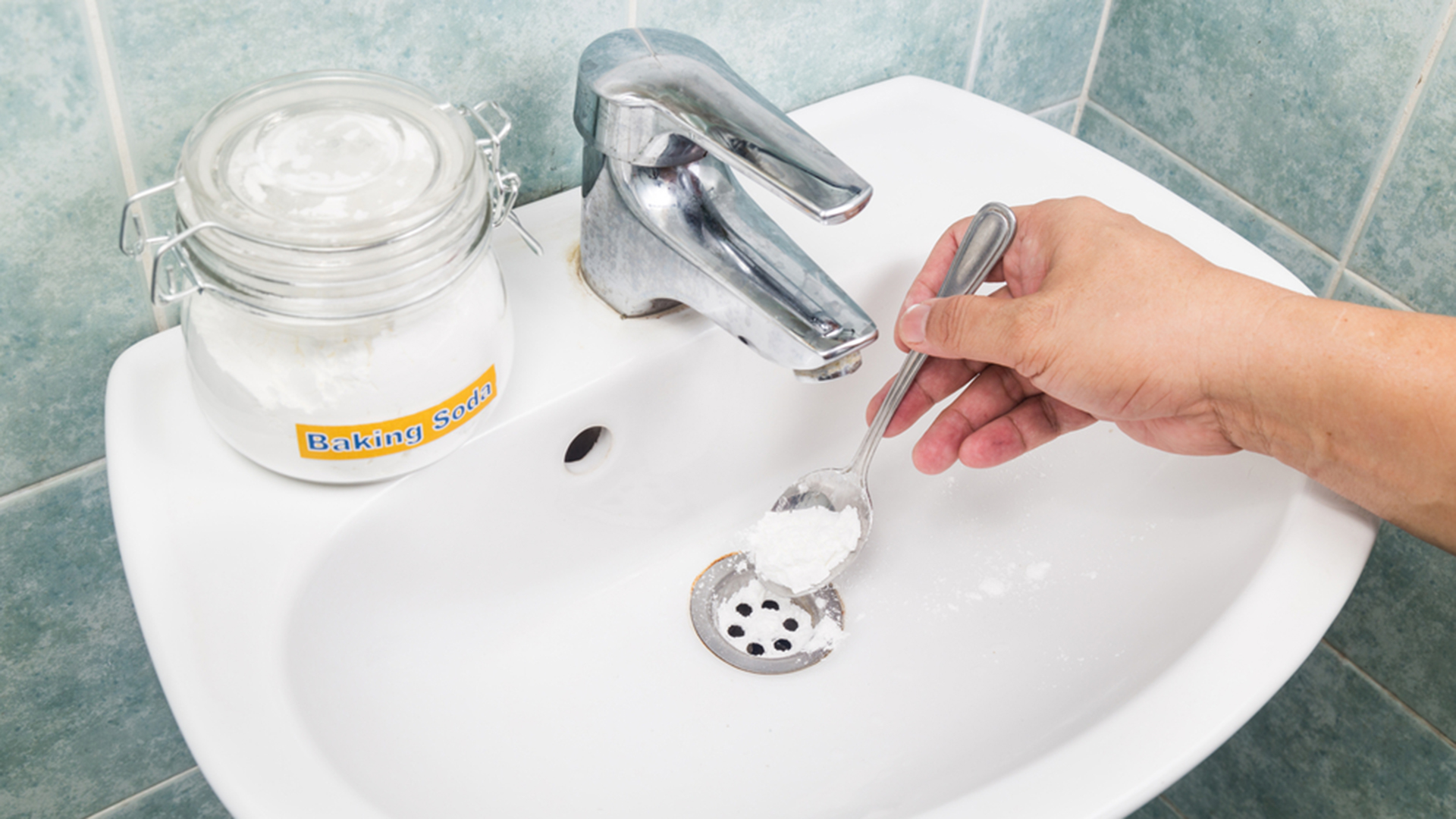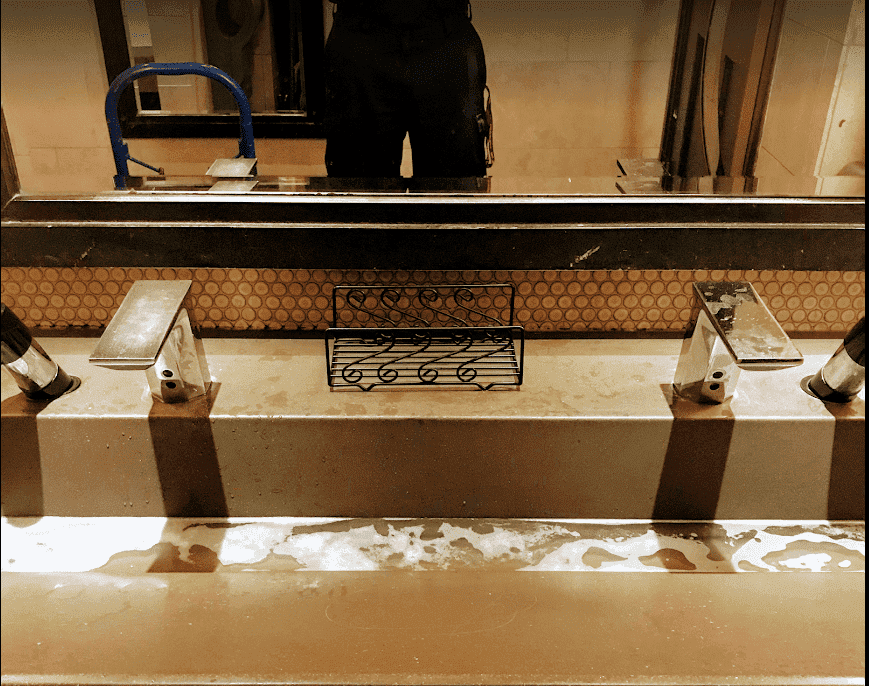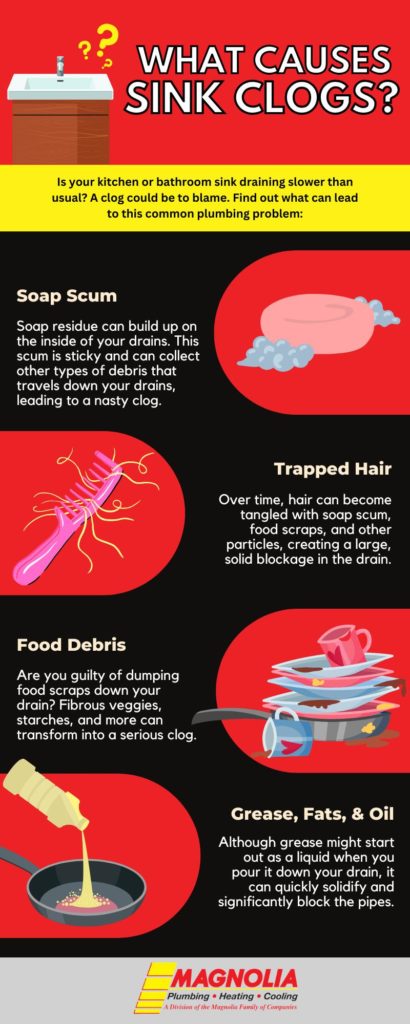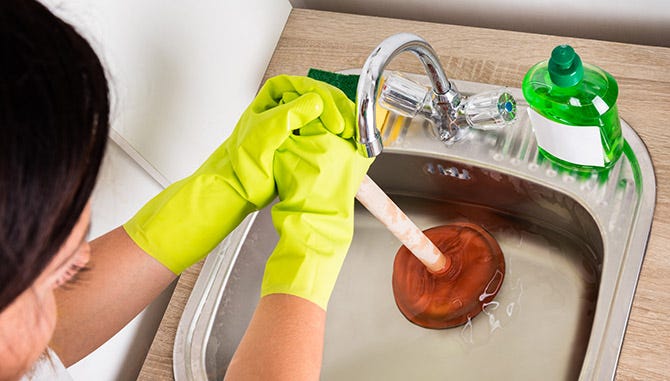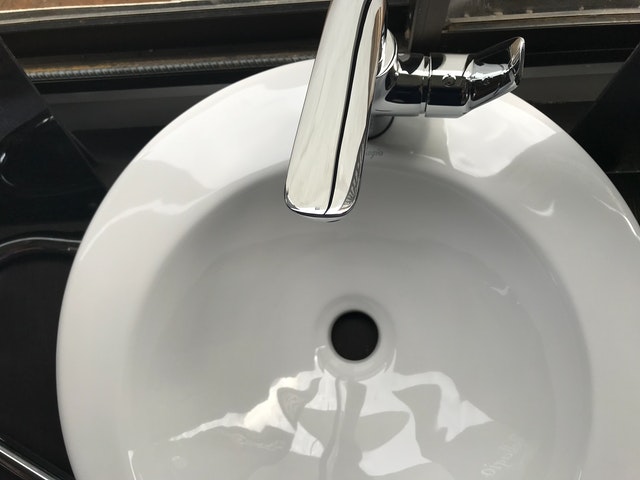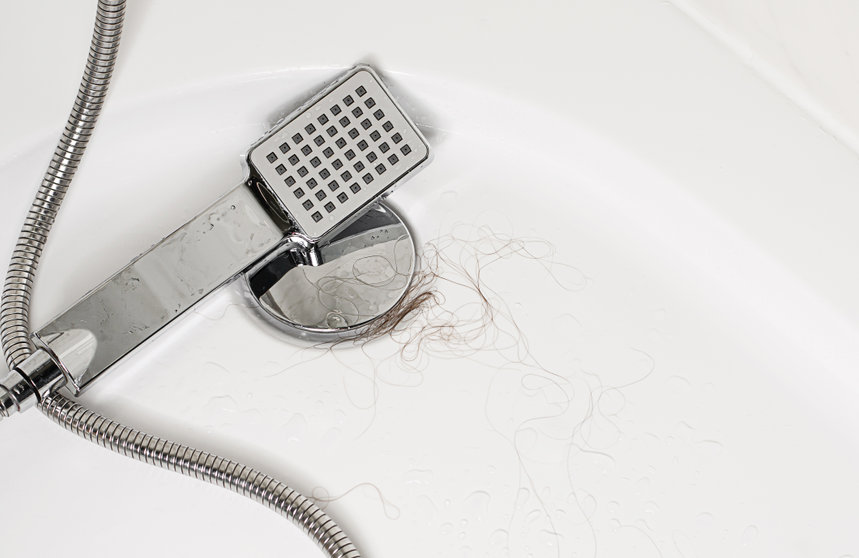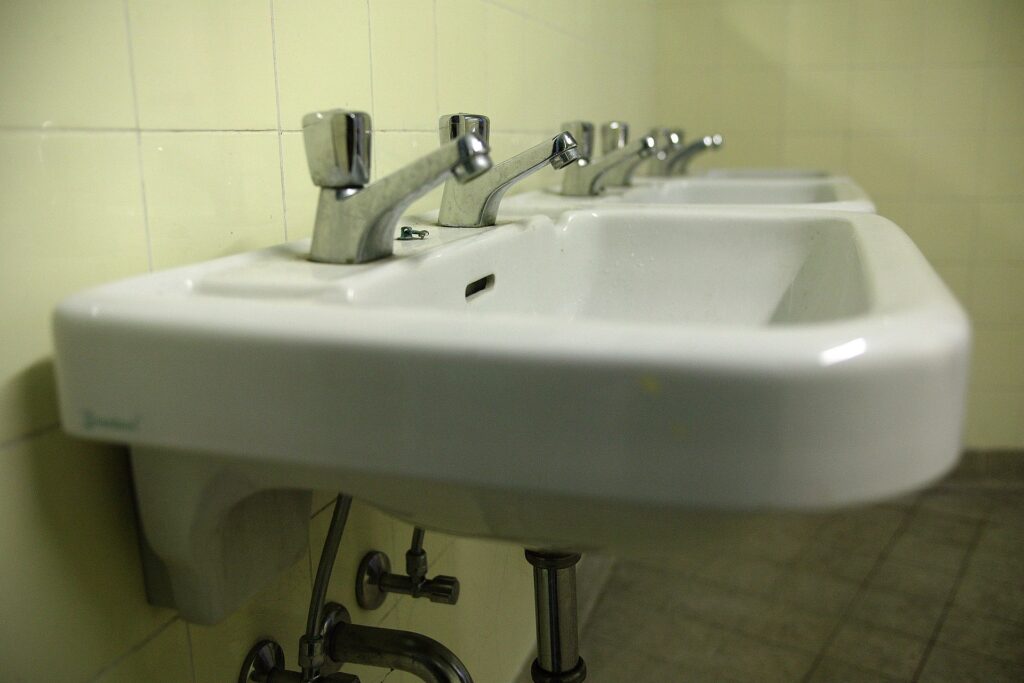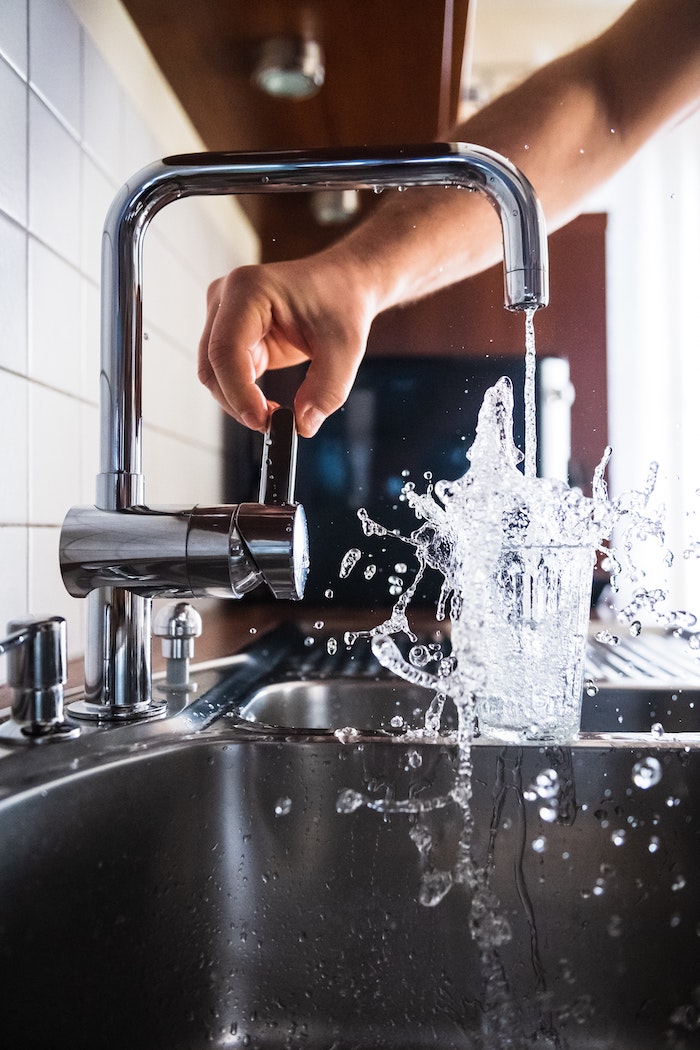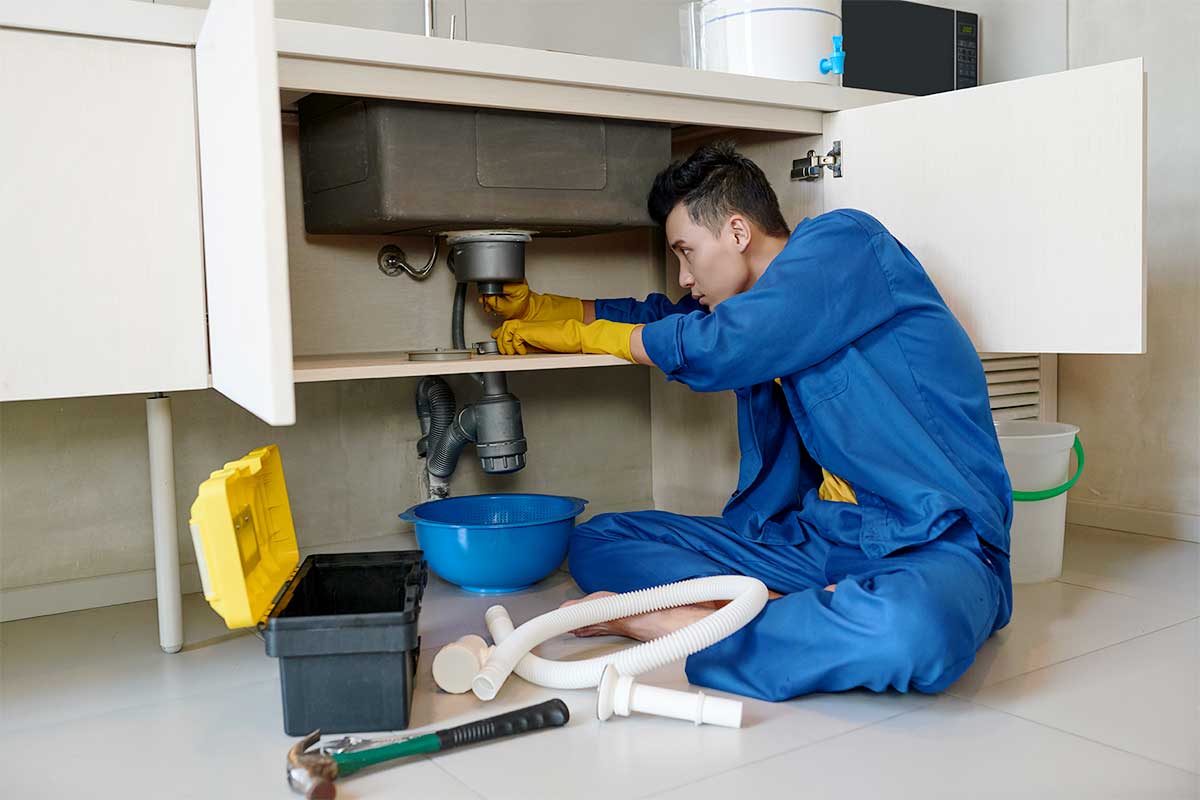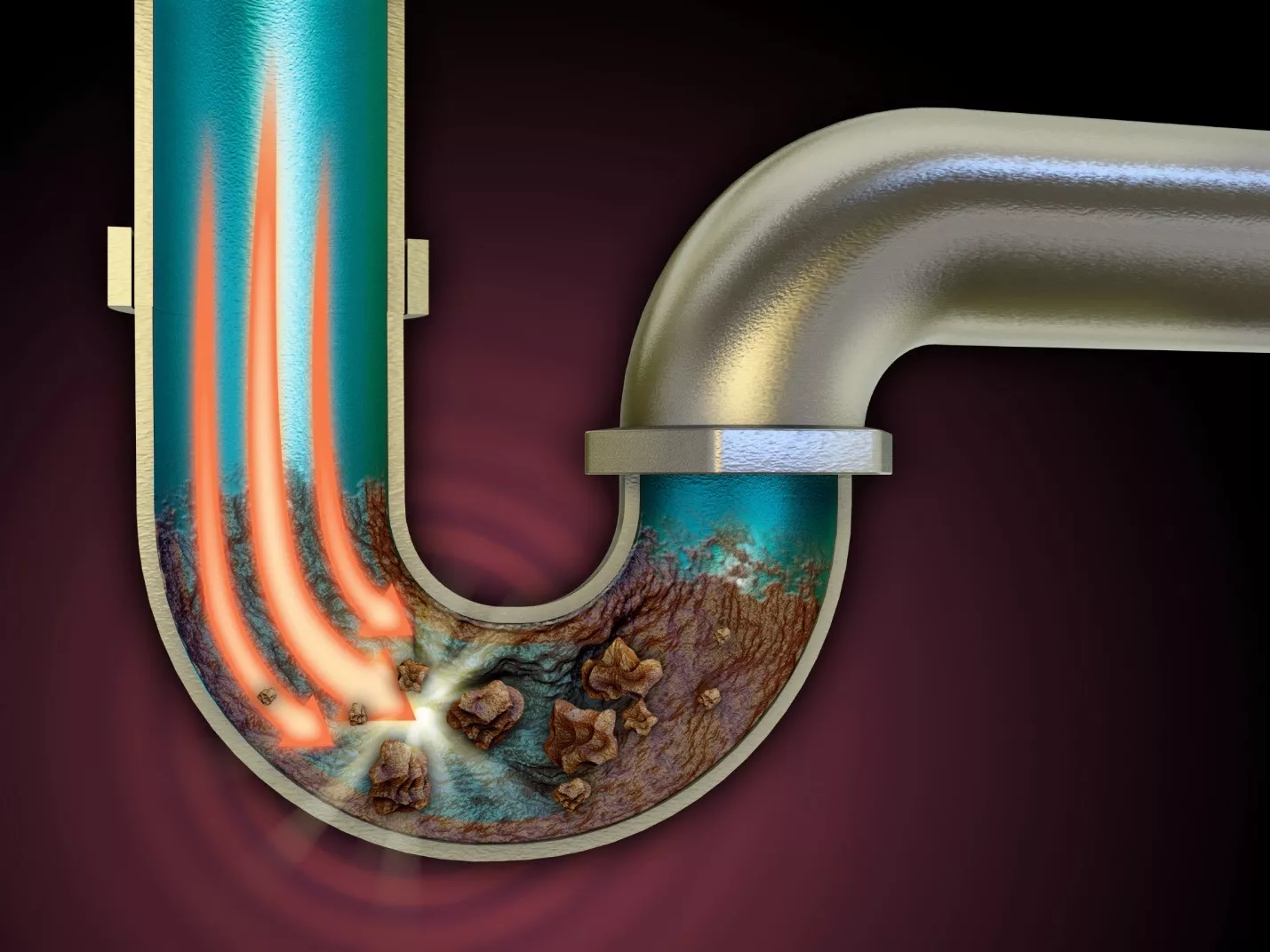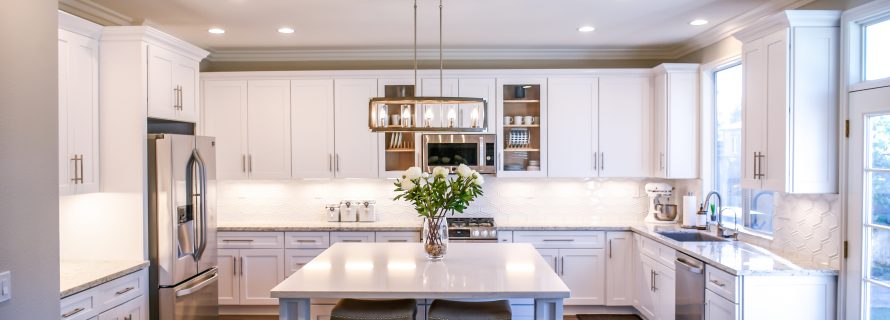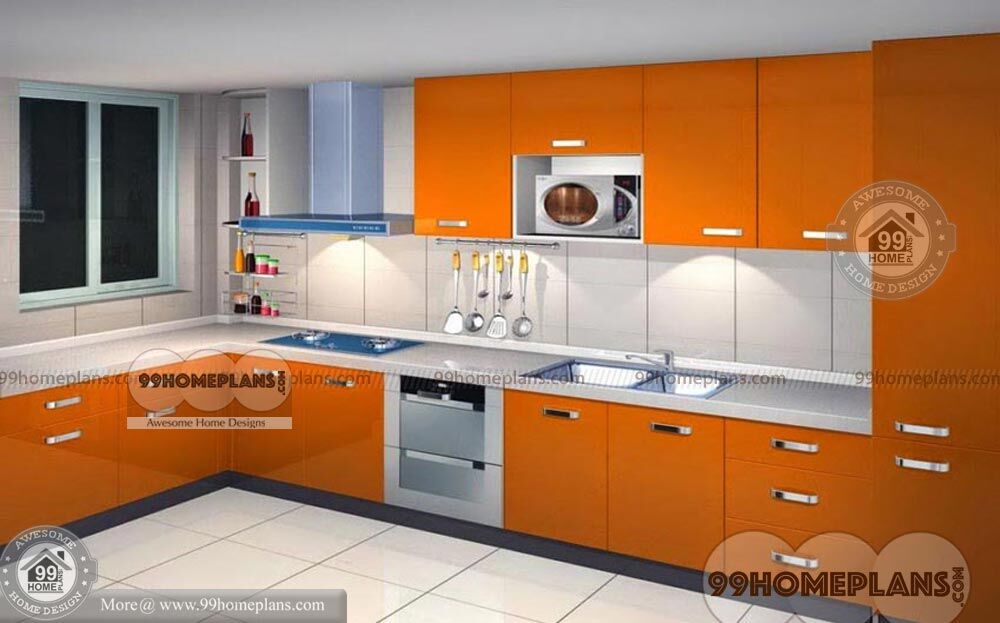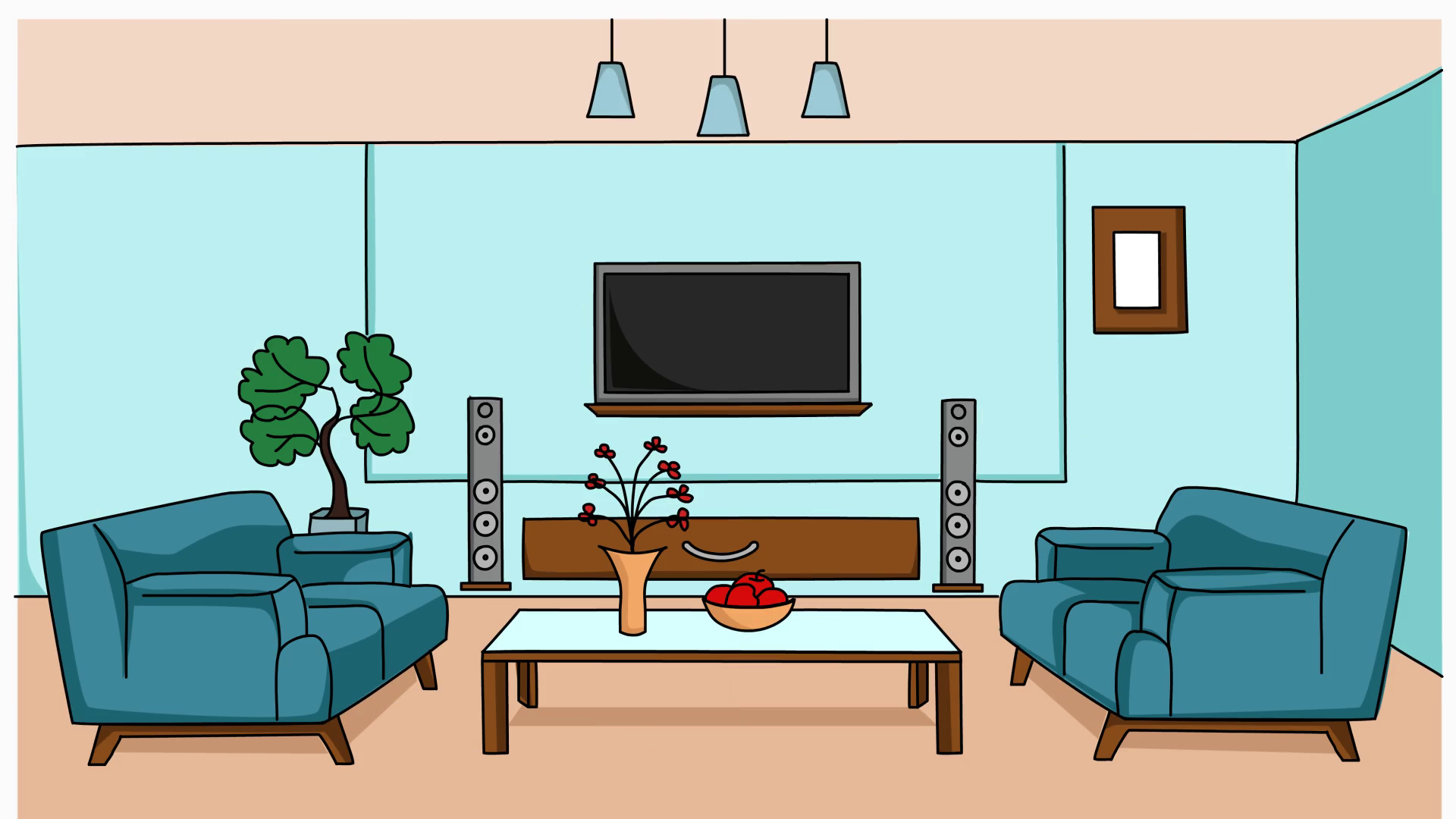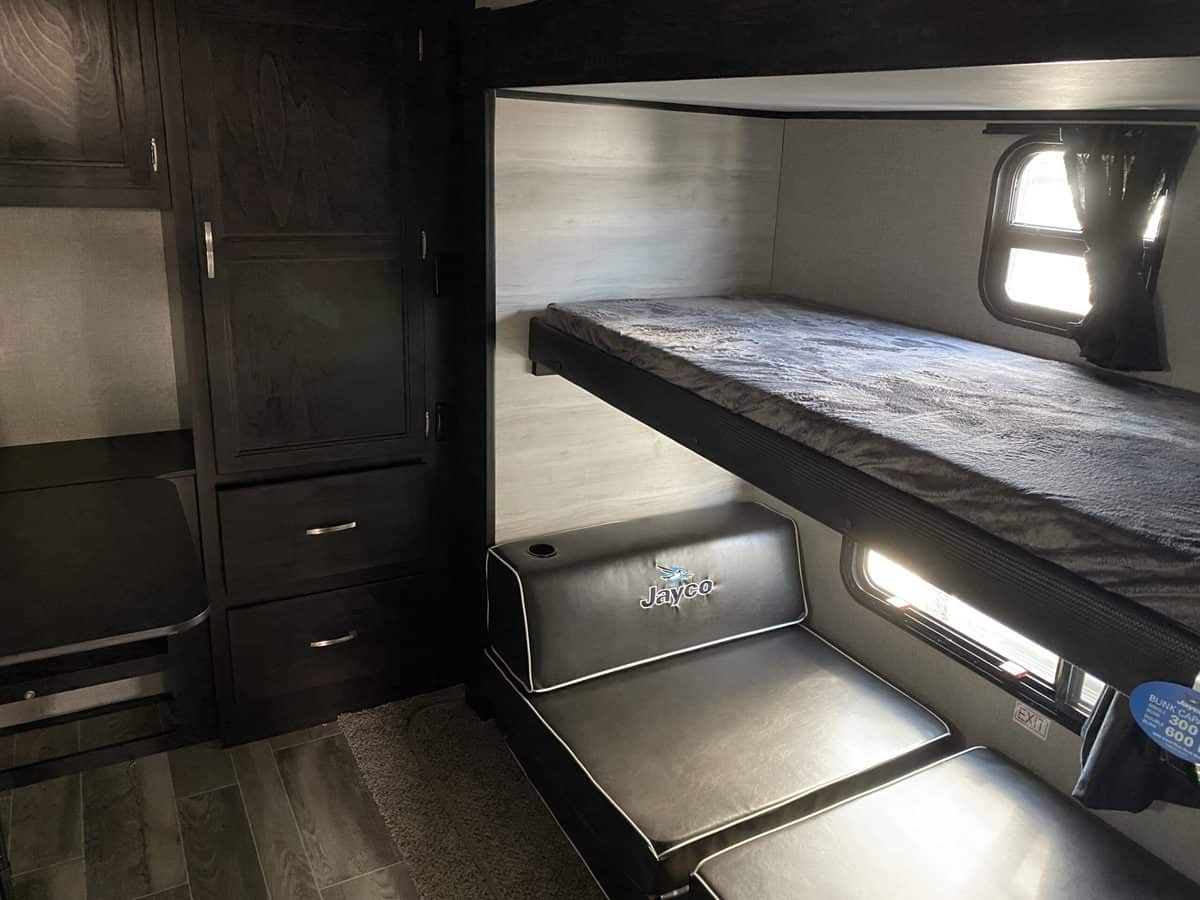Dealing with a clogged bathroom sink can be a frustrating and inconvenient problem. Not only does it make it difficult to use the sink, but it can also lead to unpleasant odors and potential damage to your plumbing system. However, with the right knowledge and tools, you can easily unclog your bathroom sink and get it back to working properly. Read on to learn about the top 10 ways to unclog both sinks in your bathroom. Unclogging Bathroom Sinks
The first step in fixing a clogged bathroom sink is to identify the cause of the clog. Most clogs are caused by a buildup of hair, soap scum, and other debris in the drain. One effective method to fix this type of clog is to use a plunger. Simply place the plunger over the drain and push and pull on it to create suction. This should dislodge the clog and allow water to flow freely again. How to Fix a Clogged Bathroom Sink
If the plunger method doesn't work, there are several DIY solutions you can try. One popular method is to use a mixture of baking soda and vinegar. First, pour half a cup of baking soda down the drain, followed by half a cup of vinegar. Let the mixture sit for about 30 minutes, then pour hot water down the drain to flush out the clog. Another option is to use a plumbing snake, which can reach deep into the pipes to remove any obstructions. DIY Bathroom Sink Clog Solutions
If you're dealing with a stubborn clog, you may need to remove the drain stopper to access the clog directly. Most bathroom sink stoppers can be removed by unscrewing them from the drain. Once the stopper is removed, you can use a wire coat hanger or plumbing snake to break up and remove the clog. Be sure to wear gloves and dispose of any debris properly. Clearing a Clogged Bathroom Sink Drain
If you've tried all of the above methods and your bathroom sink is still clogged, it may be time to troubleshoot further. Check the overflow holes near the top of the sink and use a small brush or toothpick to remove any debris. Also, check the sink trap, which is the curved portion of pipe under the sink. It may be clogged with hair and other debris, which can be easily removed by hand or with a plumbing snake. Troubleshooting Clogged Bathroom Sinks
Prevention is key when it comes to avoiding clogged bathroom sinks. One of the best ways to prevent clogs is to use a drain cover or strainer to catch hair and other debris before it can go down the drain. Also, avoid pouring grease, oils, and food scraps down the sink, as they can solidify and cause clogs. Regularly pouring boiling water down the drain can also help prevent buildup and keep your sink running smoothly. Tips for Preventing Clogged Bathroom Sinks
Understanding the common causes of bathroom sink clogs can help you prevent them in the future. As mentioned, hair and soap scum are the primary culprits, but other items such as dental floss, cotton swabs, and feminine hygiene products can also cause clogs. Additionally, mineral buildup from hard water can lead to clogs over time. Being mindful of what you allow to go down the drain can help prevent clogs from occurring. Common Causes of Bathroom Sink Clogs
If you've tried everything and your bathroom sink is still clogged, it may be time to call in the professionals. A licensed plumber has the expertise and tools to effectively clear even the most stubborn clogs. They can also identify any underlying issues that may be causing recurring clogs and provide solutions to prevent them in the future. Professional Plumbing Services for Clogged Bathroom Sinks
If you prefer to use natural remedies, there are several options that can be effective in unclogging bathroom sinks. In addition to the baking soda and vinegar method mentioned earlier, you can also try using a combination of lemon juice and salt. Simply mix equal parts lemon juice and salt and pour it down the drain, followed by hot water. The acidic properties of the lemon juice can help break up and dissolve clogs. Using Natural Remedies to Unclog Bathroom Sinks
Not sure if your bathroom sink is clogged or just draining slowly? There are a few signs to look out for. If you notice water draining slowly or not at all, gurgling sounds coming from the drain, or foul odors coming from the sink, it's likely that you have a clog. Another way to check is to fill the sink with water and see if it drains slowly or not at all. If this is the case, it's time to try one of the methods mentioned above to unclog your sink. How to Tell if Your Bathroom Sink is Clogged
Why Both Sinks Clogging in Your Bathroom Can Be a Serious Problem
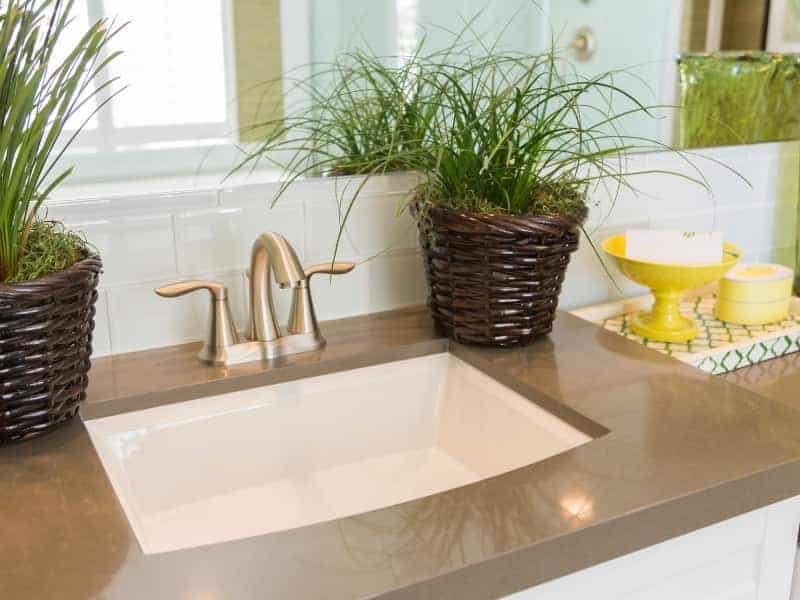
The Importance of Functioning Sinks in Your Bathroom
 A bathroom is a crucial part of any home. It is where we start and end our day, and it is also where we take care of our personal hygiene. One of the essential features of a bathroom is the sink. It is where we wash our hands, brush our teeth, and even wash our face. A clogged sink can disrupt our daily routine and cause inconvenience. However, when both sinks in your bathroom are clogged, it can be a more severe problem that requires immediate attention.
A bathroom is a crucial part of any home. It is where we start and end our day, and it is also where we take care of our personal hygiene. One of the essential features of a bathroom is the sink. It is where we wash our hands, brush our teeth, and even wash our face. A clogged sink can disrupt our daily routine and cause inconvenience. However, when both sinks in your bathroom are clogged, it can be a more severe problem that requires immediate attention.
Common Causes of Clogged Sinks
 There are several reasons why sinks in your bathroom can get clogged. The most common cause is hair buildup. Hair can easily get stuck in the drain, especially if you have long hair or live in a household with multiple people. Other causes include soap residue, toothpaste, and other debris that can accumulate in the pipes over time. Additionally, old pipes or improper installation can also lead to clogging.
There are several reasons why sinks in your bathroom can get clogged. The most common cause is hair buildup. Hair can easily get stuck in the drain, especially if you have long hair or live in a household with multiple people. Other causes include soap residue, toothpaste, and other debris that can accumulate in the pipes over time. Additionally, old pipes or improper installation can also lead to clogging.
The Dangers of Clogged Sinks
 Having both sinks in your bathroom clogged can lead to a variety of problems. The standing water can become a breeding ground for bacteria and mold, which can cause health issues. It can also result in foul odors that can be unpleasant for you and your guests. Furthermore, clogged sinks can also lead to water damage and leaks, which can cause costly repairs.
Having both sinks in your bathroom clogged can lead to a variety of problems. The standing water can become a breeding ground for bacteria and mold, which can cause health issues. It can also result in foul odors that can be unpleasant for you and your guests. Furthermore, clogged sinks can also lead to water damage and leaks, which can cause costly repairs.
How to Solve the Problem
 If you notice that both sinks in your bathroom are clogged, it is essential to address the issue immediately. You can try using a plunger or a plumbing snake to unclog the drains. However, if the clog is severe, it is best to call a professional plumber. They have the necessary tools and expertise to clear out the clog and ensure that the problem does not happen again in the future.
In conclusion, having both sinks in your bathroom clogged is not just an inconvenience, but it can also be a significant problem. It is crucial to address the issue promptly to prevent further damage and ensure the proper functioning of your bathroom. Regular maintenance and proper use of your sinks can also help prevent clogging in the future. Remember, a functioning bathroom is a crucial part of a comfortable and well-designed home.
If you notice that both sinks in your bathroom are clogged, it is essential to address the issue immediately. You can try using a plunger or a plumbing snake to unclog the drains. However, if the clog is severe, it is best to call a professional plumber. They have the necessary tools and expertise to clear out the clog and ensure that the problem does not happen again in the future.
In conclusion, having both sinks in your bathroom clogged is not just an inconvenience, but it can also be a significant problem. It is crucial to address the issue promptly to prevent further damage and ensure the proper functioning of your bathroom. Regular maintenance and proper use of your sinks can also help prevent clogging in the future. Remember, a functioning bathroom is a crucial part of a comfortable and well-designed home.




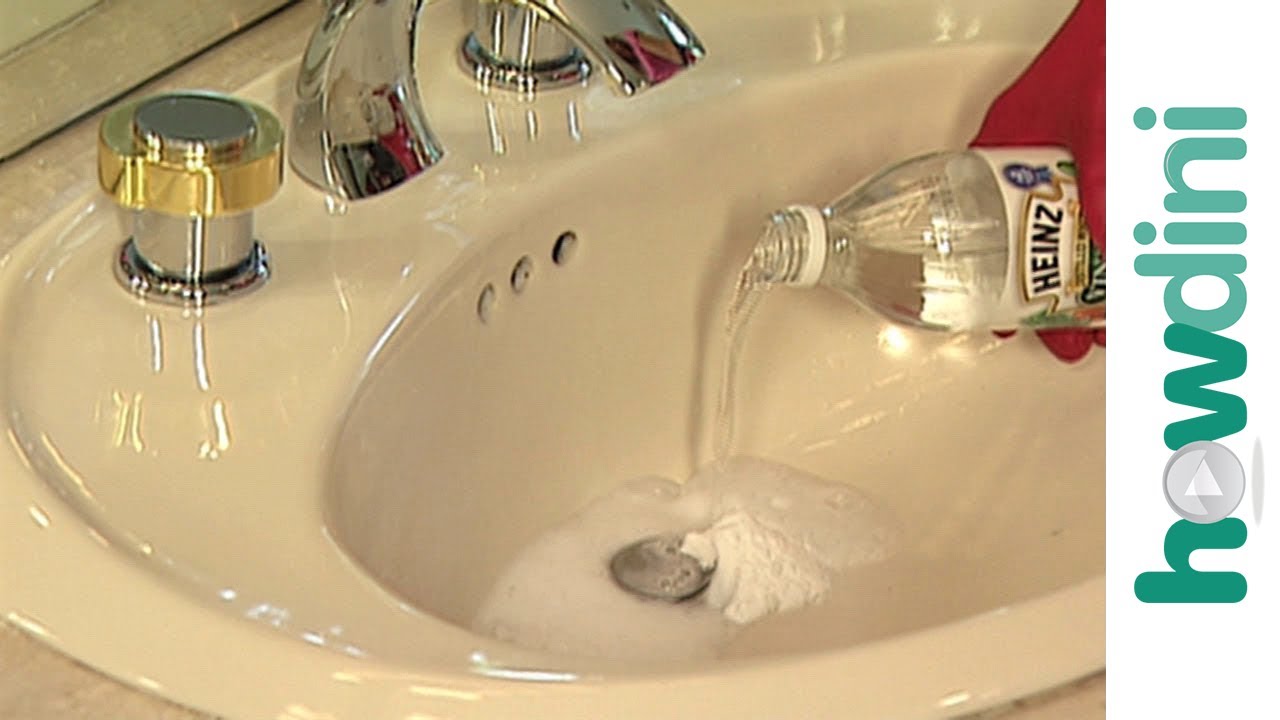
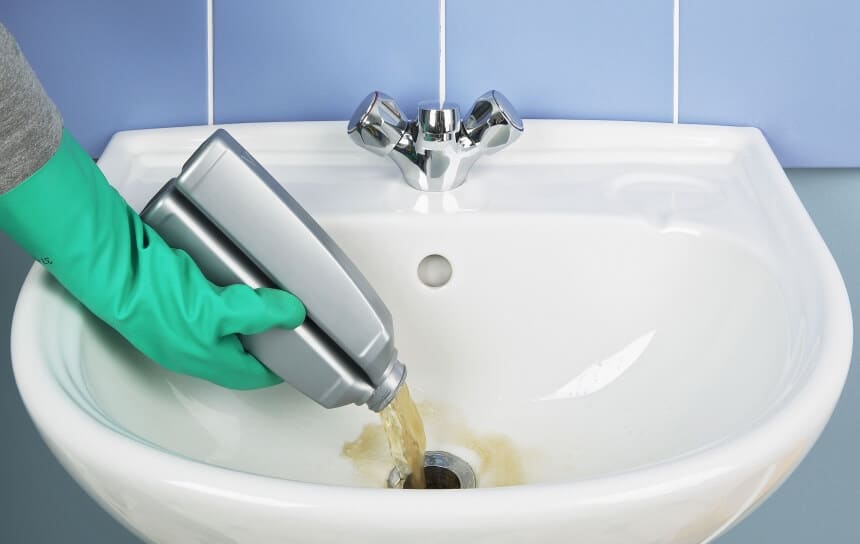
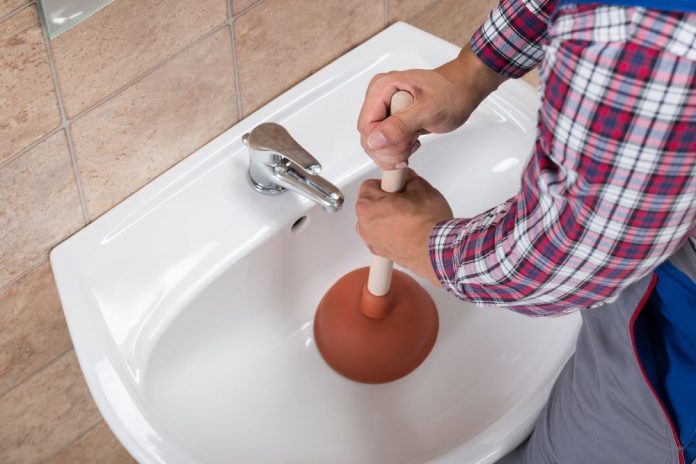








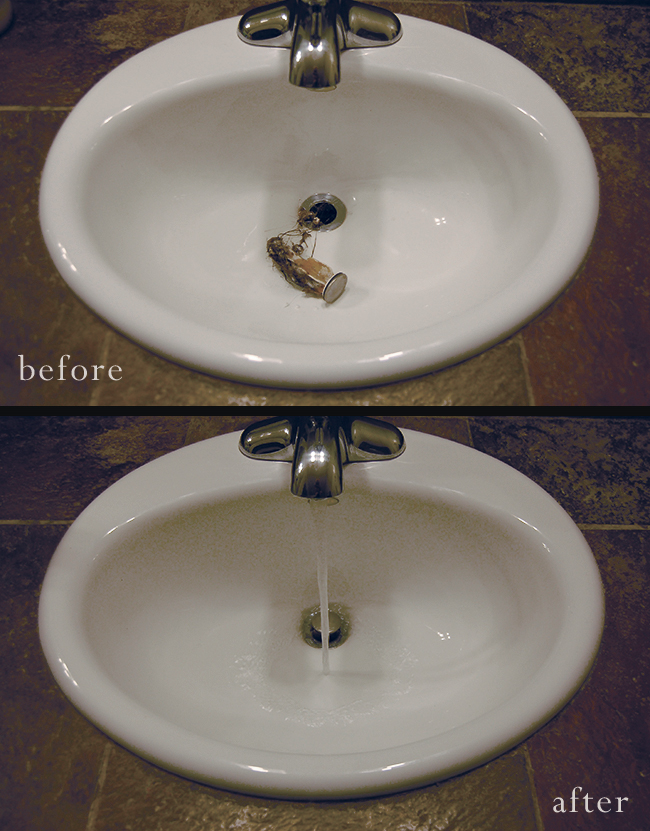









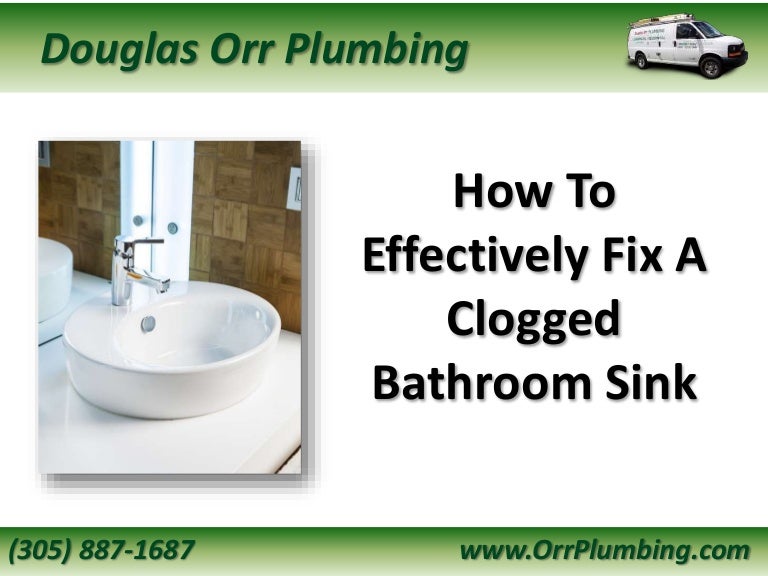









:max_bytes(150000):strip_icc()/freshen-and-unclog-drain-with-baking-soda-1900466-22-bbf940b70afa4d5abef0c54da23b1d3f.jpg)

